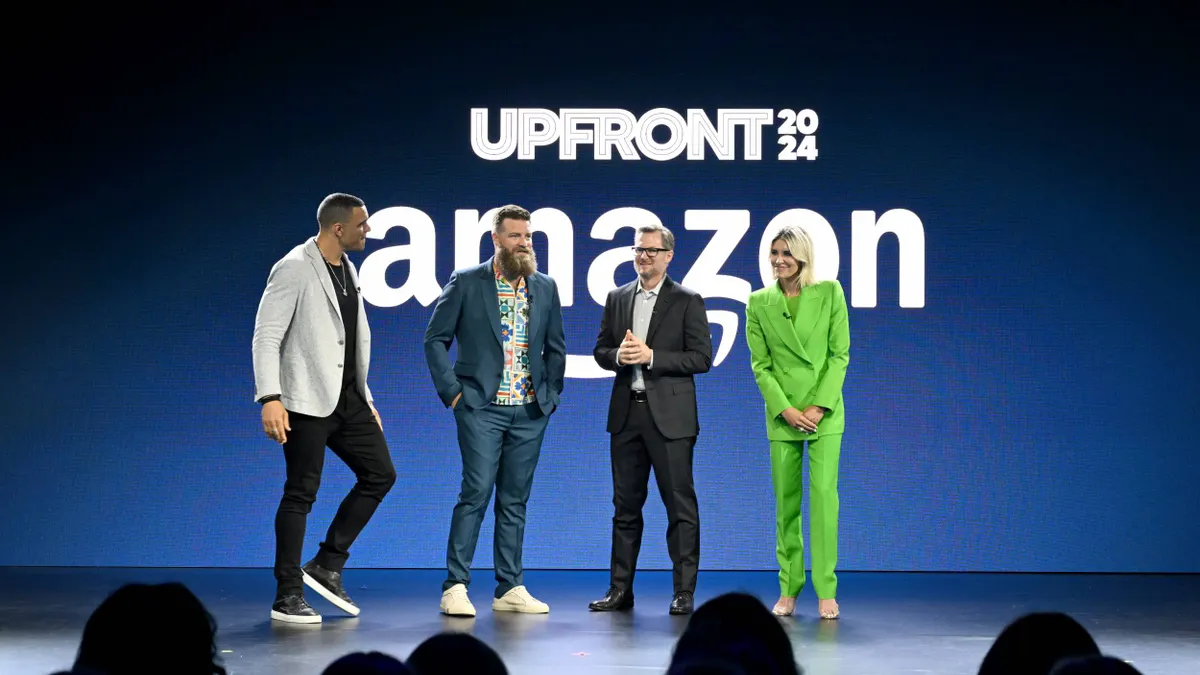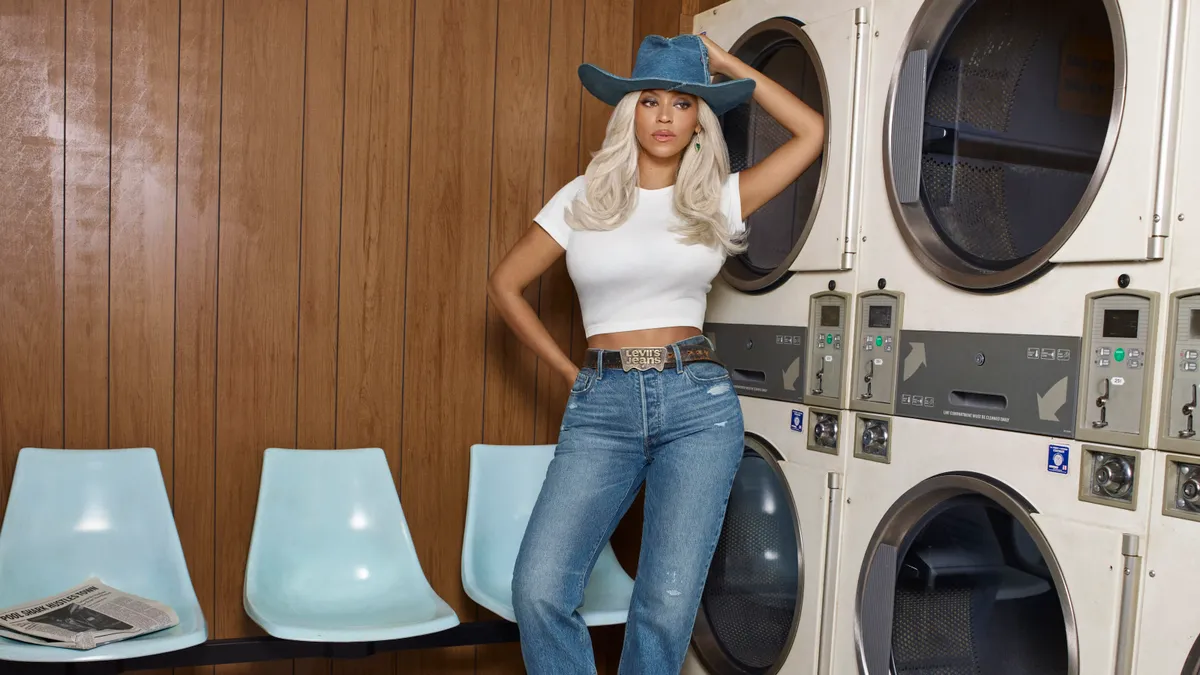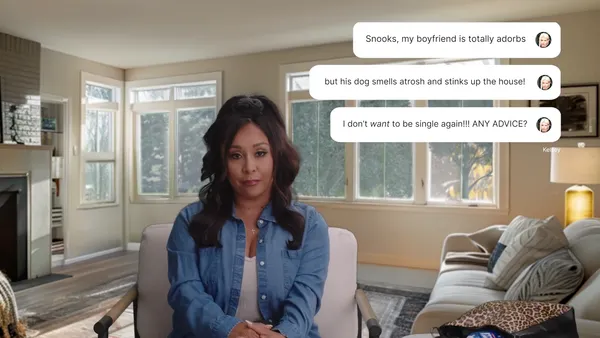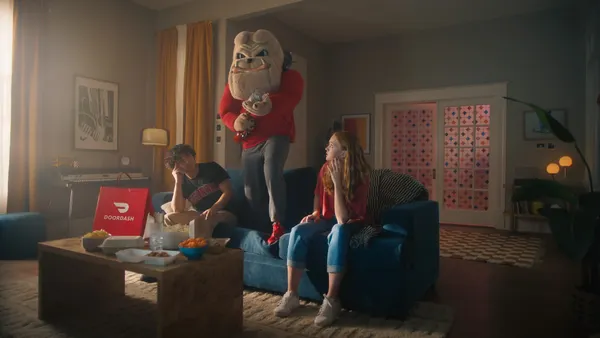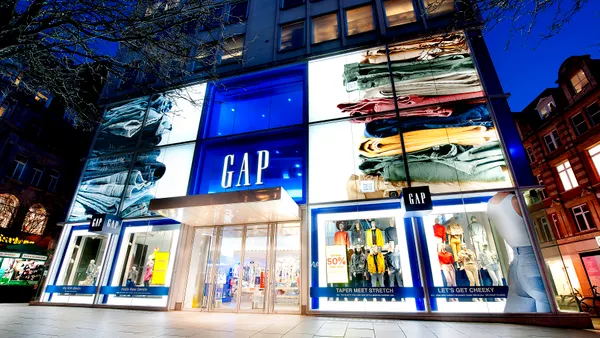Dive Brief:
- Mashable, an online news and entertainment company that has 45 million unique visitors a month, released a vertical video product and content series called Mashable Reels on its mobile website. Reels are similar to videos and photos on Snapchat and Instagram stories, according to a blog post by the company.
- The company will publish at least two stories a day geared toward mobile users. The first three series, which are created only for Mashable’s mobile site, are about comic book hero Wonder Woman, HBO’s fantasy series “Game of Thrones” and the planet Mars.
- Advertising will be part of Reels. Mashable can slip in existing vertical video ads made by marketers or create custom vertical ads. Launch advertisers for the new product include Sprint and McDonald’s. Mashable plans to sell and create sponsored Reels for advertisers in the future.
Dive Insight:
Its new product shows that the media company is incorporating ideas it learned while creating content for Snapchat Discover, the ad-supported channel that lets publishers push content to Snapchat users. Mashable was profitable on Snapchat Discover, Peter Cashmore, founder of Mashable, told Digiday, so the company looks to further reel in more revenue and mobile users with its newest product launch.
Mashable is adapting to an audience that’s increasingly likely to use mobile devices to watch videos and read stories. About two-thirds of Mashable’s site visits come from mobile devices, said Greg Gittrich, chief content officer at the company. In April 2016, Mashable shifted its coverage, cut back on text stories and started to produce more video content, which proved to be more popular among viewers. Customizing video for mobile devices is the next logical step, especially when smartphone users hold their device vertically over 90% of the time, resulting in a number of platform adopting vertical video.
The emphasis on video could help Mashable pitch media placements to advertisers, as mobile viewers are 80% more likely to respond to a video than text, while video consumption is increasing as the smartphone market reaches 90% saturation.



